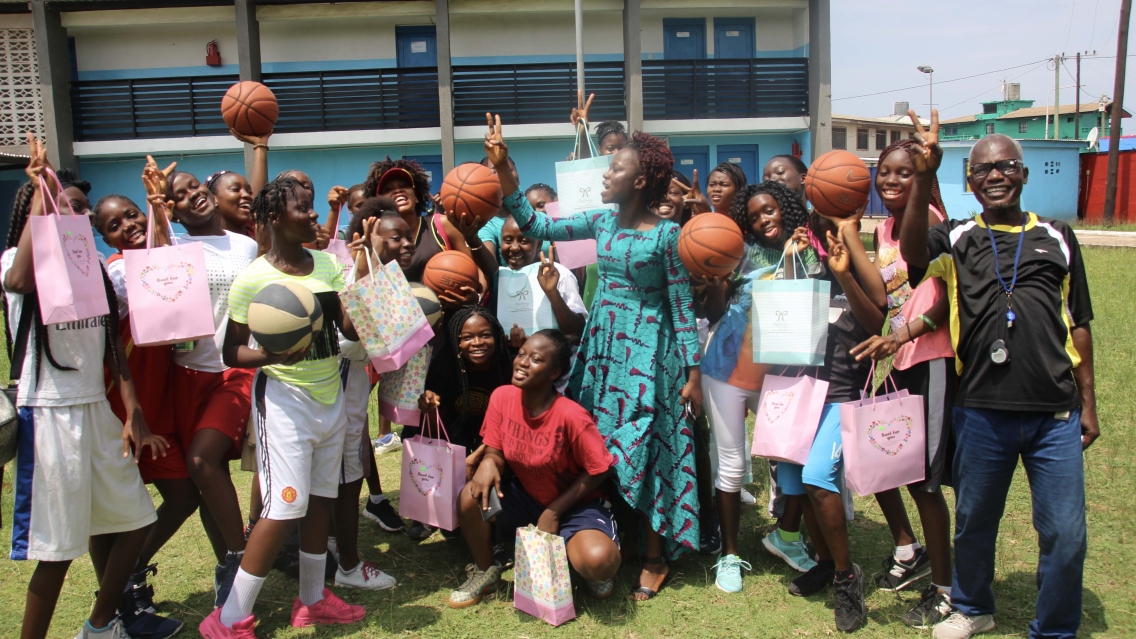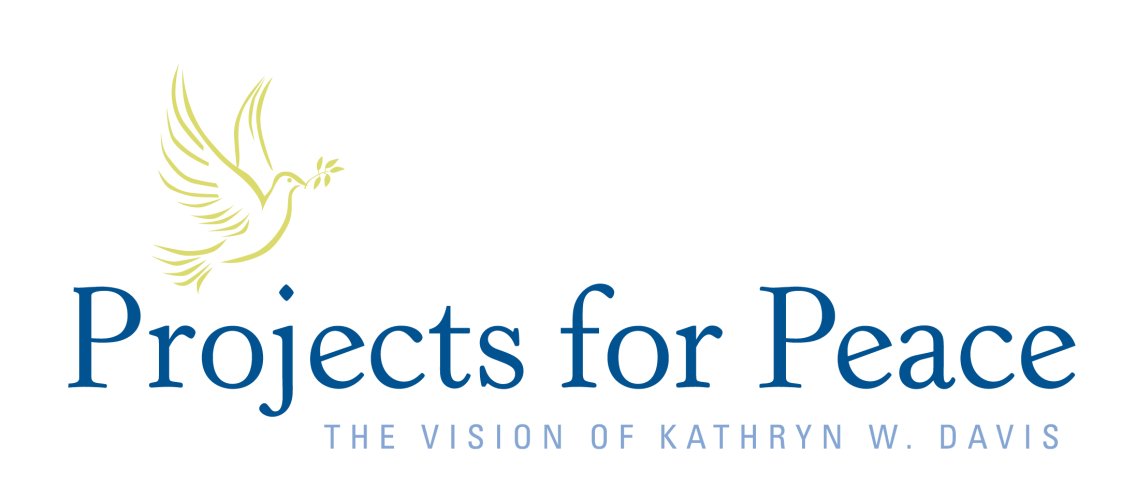Partners and Liaisons
Each year, Projects for Peace invites colleges, universities, and other educational institutions to partner with us.

Most, but not all, of our partner institutions are also partners of the Davis United World College Scholars Program.
Each institution selects a “campus liaison.” Liaisons take the lead in customizing the program according to their institution’s priorities, standards, and resources. Liaisons come from many different campus offices or departments: social entrepreneurship, civic and community engagement, international affairs, study abroad, grants and fellowships, leadership and public service, career development, peace and conflict studies, etc.
Key Responsibilities of Campus Liaisons
- Promoting Projects for Peace on campus in order to maximize the number of quality applications. This may include sharing the opportunity with faculty and staff, and inviting previous grantees to share their experiences and mentor interested applicants.
- Developing an application, selection, and reporting process and timeline in accordance with Projects for Peace deadlines.
- Convening a selection committee to set campus-specific criteria, review applications, and prioritize proposals.
- Nominating one prioritized proposal and one alternate proposal to Projects for Peace.
- Facilitating the transfer of funds from Projects for Peace to their institution, and from their institution to the selected grantee(s).
- Communicating with the selected grantee(s) through each stage of the project: preparation, implementation, and reporting/return to campus.
- Ensuring the campus program is aligned with institutional standards, policies, and protocols.
- Ensuring that participating students are aware of pertinent institutional standards, policies, and protocols, including any institutional risk management protocols.
- Supporting the selected grantee(s), as needed, by helping to identify faculty advisors or other mentors, or by encouraging other fundraising efforts.
- Reviewing final narrative reports, photos, and expense reports to ensure compliance with provided guidance, prior to submitting to Projects for Peace.
- Ensuring awarded and completed projects are promoted through the institution’s various communication channels (social and traditional media).
- Updating institutional leadership regarding the program requirements, agreements, and project status, as needed.
- Communicating with Projects for Peace as questions arise, and when changes are anticipated in the campus liaison assignment.
Projects for Peace welcomes questions from campus liaisons. Should students or grantees reach out to us we will refer them back to their campus liaison in order to avoid miscommunication.
Program Research
These documents address aspects of Projects for Peace program design and implementation:
2023 Partner Institutions
Invitations for 2023 partners were sent on September 29, 2022. Eligibility for the Projects for Peace program at most, but not all, of our partner institutions is limited to undergraduate students. The asterisk(*) indicates programs where graduate students are eligible.
- Amherst College
- Bard College
- Barnard College
- Bates College
- Bennington College
- Bowdoin College
- Brandeis University
- Brown University
- Bryn Mawr College
- Bucknell University
- Carleton College
- Case Western Reserve University
- Claremont McKenna College
- Clark University
- Colby College
- Colgate University
- College of Idaho
- College of the Atlantic
- Colorado College
- Columbia University
- Concordia College
- Connecticut College
- Cornell University
- Dartmouth College
- Davidson College
- Denison University
- Duke University
- Earlham College
- Franklin & Marshall College
- Future Generations University*
- George Washington University
- Georgetown University
- Gettysburg College
- Graduate Institute of International Studies, Geneva*
- Harvard College
- Hood College
- International Christian University
- International House*
- Ithaca College
- Kalamazoo College
- Lake Forest College
- Lehigh University
- Lewis & Clark College
- Luther College
- Macalester College
- Massachusetts Institute of Technology
- Methodist University
- Middlebury College
- Middlebury Institute of International Studies, Monterey*
- Mount Holyoke College
- New York University
- Northwestern University
- Oberlin College
- Occidental College
- Pitzer College
- Pomona College
- Princeton University
- Reed College
- Ringling College of Art + Design
- Sarah Lawrence College
- Savannah College of Art & Design
- School of the Art Institute of Chicago
- Scripps College
- Skidmore College
- Smith College
- St. John’s College, NM
- St. Lawrence University
- St. Olaf College
- Swarthmore College
- Trinity College, CT
- Tufts University
- Union College
- University of Chicago
- University of Florida
- University of Maine
- University of North Carolina, Chapel Hill
- University of Oklahoma
- University of Pennsylvania
- University of Richmond
- University of Rochester
- University of Virginia
- Vassar College
- Wartburg College
- Washington & Lee University
- Wellesley College
- Wesleyan University
- Westminster College
- Wheaton College, MA
- Whitman College
- Williams College
- Worcester Polytechnic Institute
- Yale University


